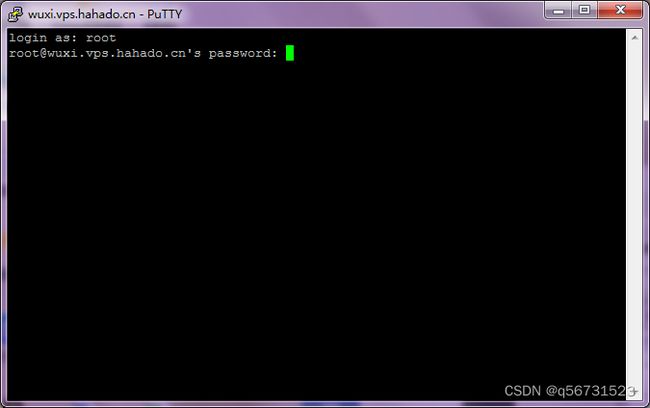Python爬虫之Scrapy制作爬虫
前几天我有用过Scrapy架构编写了一篇爬虫的代码案例深受各位朋友们喜欢,今天趁着热乎在上一篇有关Scrapy制作的爬虫代码,相信有些基础的程序员应该能看的懂,很简单,废话不多说一起来看看。
前期准备:
通过爬虫语言框架制作一个爬虫程序
import scrapy
from tutorial.items import DmozItem
class DmozSpider(scrapy.Spider):
name = 'dmoz'
allowed_domains = ['dmoz.org']
start_urls = [
"http://www.dmoz.org/Computers/Programming/Languages/Python/Books/",
"http://www.dmoz.org/Computers/Programming/Languages/Python/Resources/"
]
def parse(self, response):
sel = Selector(response)
sites = sel.xpath('//ul[@class="directory-url"]/li')
for sel in sites:
item = DmozItem() # 实例化一个 DmozItem 类
item['title'] = sel.xpath('a/text()').extract()
item['link'] = sel.xpath('a/@href').extract()
item['desc'] = sel.xpath('text()').extract()
yield item
程序运行:
通过爬虫程序输入命令,执行爬虫采集目标网站
#! -*- encoding:utf-8 -*-
import base64
import sys
import random
PY3 = sys.version_info[0] >= 3
def base64ify(bytes_or_str):
if PY3 and isinstance(bytes_or_str, str):
input_bytes = bytes_or_str.encode('utf8')
else:
input_bytes = bytes_or_str
output_bytes = base64.urlsafe_b64encode(input_bytes)
if PY3:
return output_bytes.decode('ascii')
else:
return output_bytes
class ProxyMiddleware(object):
def process_request(self, request, spider):
# 爬虫ip服务器 (http://jshk.com.cn/mb/reg.asp?kefu=xjy )
proxyHost = "ip地址"
proxyPort = "端口"
# 爬虫ip验证信息
proxyUser = "username"
proxyPass = "password"
数据保存:
Scrapy爬虫方式一般分为4种,可以参考以下保存方式
json格式,默认为Unicode编码
scrapy crawl itcast -o teachers.json
json lines格式,默认为Unicode编码
scrapy crawl itcast -o teachers.jsonl
csv 逗号表达式,可用Excel打开
scrapy crawl itcast -o teachers.csv
xml格式
scrapy crawl itcast -o teachers.xml
